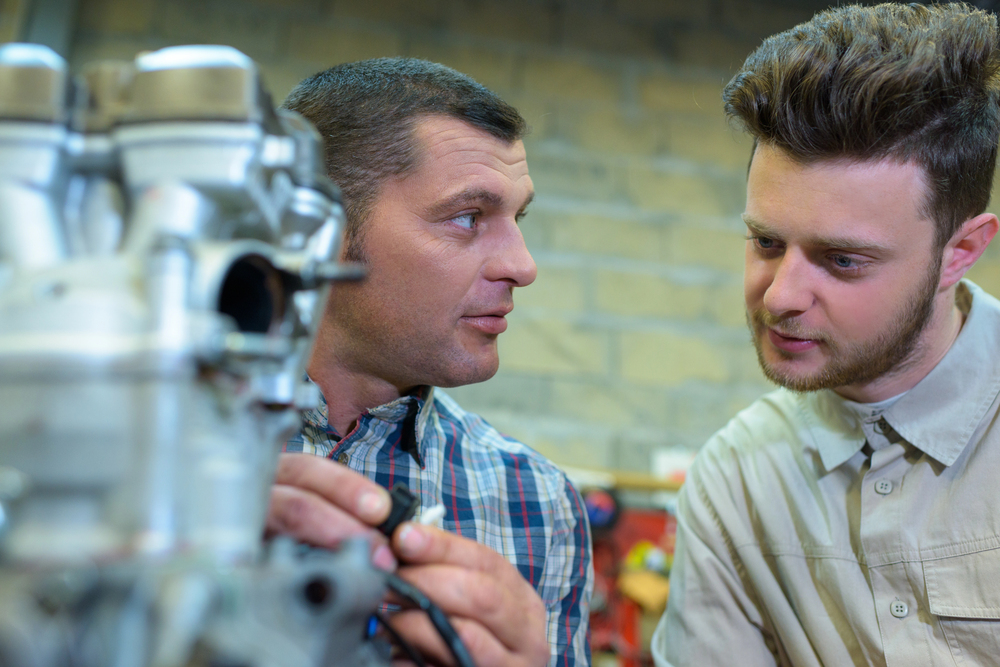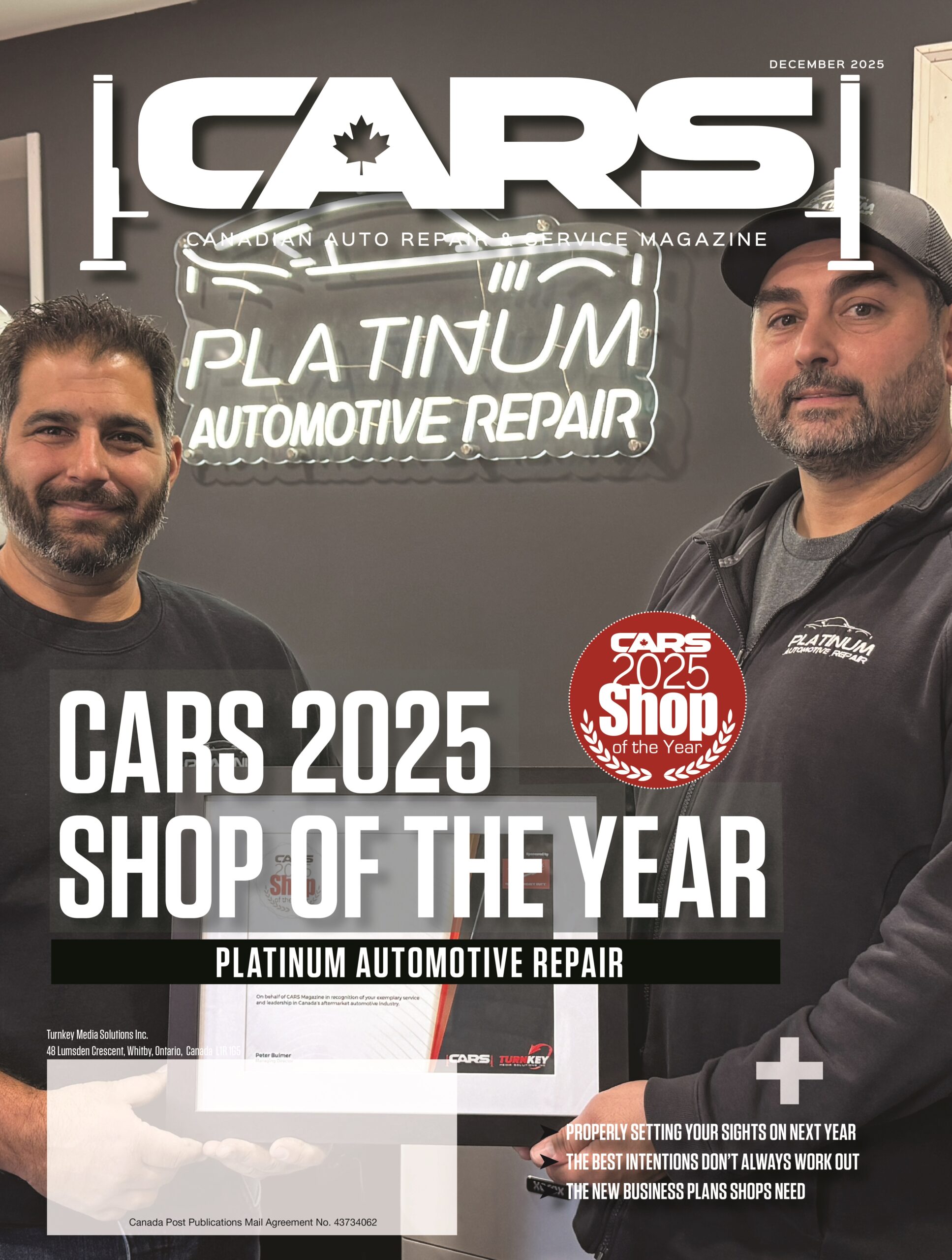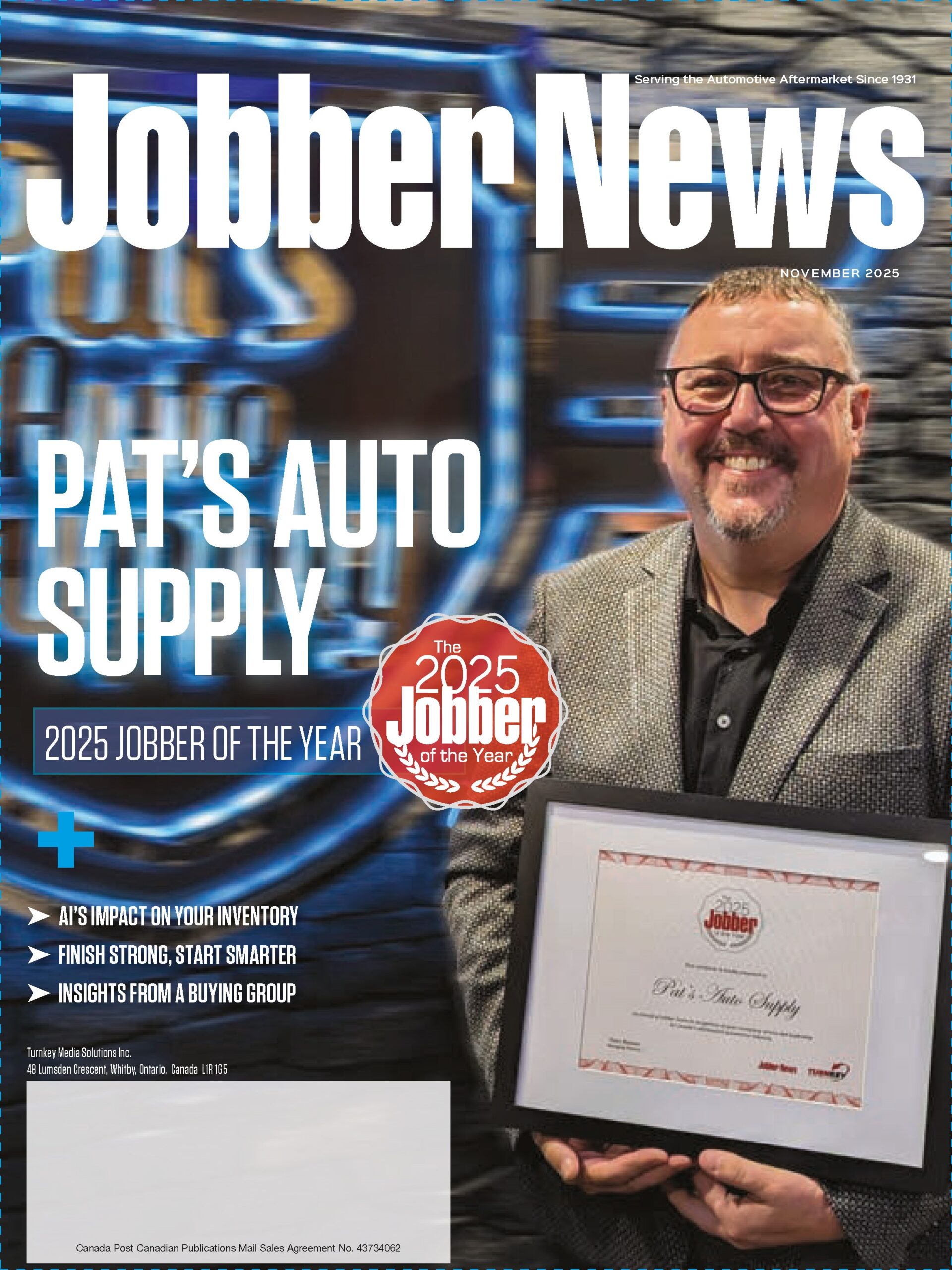
The automotive industry is facing a massive talent crunch that could leave nearly a million technician positions empty by 2027 — and it’s sounding the alarm for urgent action.
With a predicted shortage of hundreds of thousands of automotive technicians, the industry is getting creative about attracting new talent. That’s equivalent to the entire population of a top-10 Canadian city suddenly vanishing from repair shops and service centres.
“We’re sitting about 800,000 techs short,” said Cassie Bell, senior vice president of people at NAPA, during a sit-down interview at the company’s 100-year anniversary celebrations this year. “That’s critical for all of our stakeholders, whether it’s our customers, whether it’s us or even you who drive a vehicle.”
The recruitment strategy isn’t just about filling jobs — it’s about making automotive careers look exciting. At the NAPA Now event, the company unveiled an extended reality (XR) training platform, which blends augmented reality (AR) and virtual reality (VR), to capture young people’s attention.
“We’re taking AR and VR, which is what our kids like, right? They want to be a part of that,” Bell explained. “We’re letting them see how they can work on a car through virtual reality.”
The approach goes beyond just showing cool technology. It’s about changing perceptions of what an automotive career looks like. No longer is it just about getting greasy — now it’s a high-tech career involving complex computer diagnostics and innovative problem-solving.
Interestingly, the career path might be more lucrative than traditional university routes. Industry report suggests that the median income for trade professionals in the auto care sector can actually outpace four-year university graduates eight years after graduation.
Bell noted how the industry is targeting potential technicians early — starting in middle and high schools — to reshape how young people view automotive careers. By partnering with educational institutions and offering scholarships, they’re working to close the massive skills gap.
“We’ve got to make sure that our students understand what’s out there for them,” she said. “We need to help them see this is a viable career path.”
Image credit: Depositphotos.com
Related Posts
Comments
-
Not really a surprise to Me.
Saw this coming Years ago.
Very scary indeed! -
Good news to me. Being an automotive engineer is something I think quite fondly of.
Although I’m still in HS, I’m almost done and I’m going right back to school for engineering to become an automotive engineer. -
I’ve seen a lot of new techs from local shops over the past 10 years go through the apprenticeship , get their license then leave for another industry as the pay is better . Until shops stop this race to the bottom pricing and start charging proper labour rates and paying techs a decent salary , this isn’t changing .
-
This industry has to stop promoting itself that it is far superior than any other career choice. Stop spewing garbage statements like, ” the human body doesn’t change as fast as the technology on automobiles, therefore we should be in the same pay grade as doctors and white collar workers. ” Stop stating that we technicians do not get paid a decent salary when we actually get paid the same as any other blue collar profession. It just may take us longer to achieve the skill level to get us to that same pay grade. Stop Saying “No longer is it just about getting greasy — now it’s a high-tech career involving complex computer diagnostics and innovative problem-solving.” Our young technicians learn very quickly that our industry’s promises and projections are just lies to attract them. The next generation needs to know that this is a very lucrative career choice without false pretense. This career is not a get rich quick scheme, its a lifetime commitment of baby steps to become a professional. Sure there is a degree of challenging high-tech diagnostics but the majority of vehicle repairs today is still getting dirty and making good clean money doing it. The bottom line is an automotive technician can make a good honest middle class living for an individual that is not afraid of hard work.













Leave a Reply